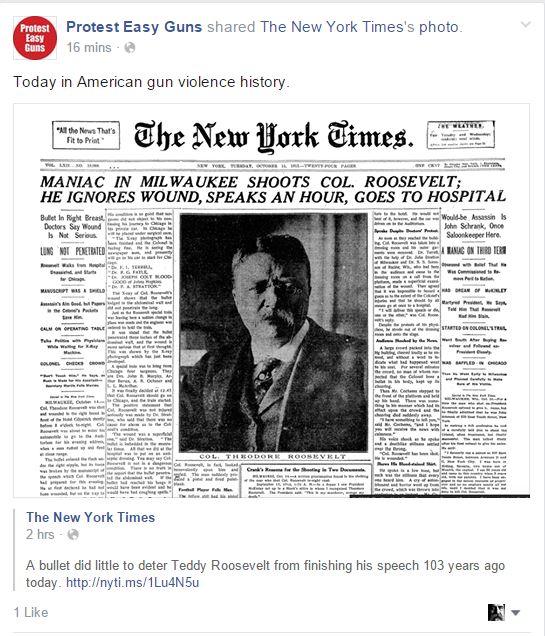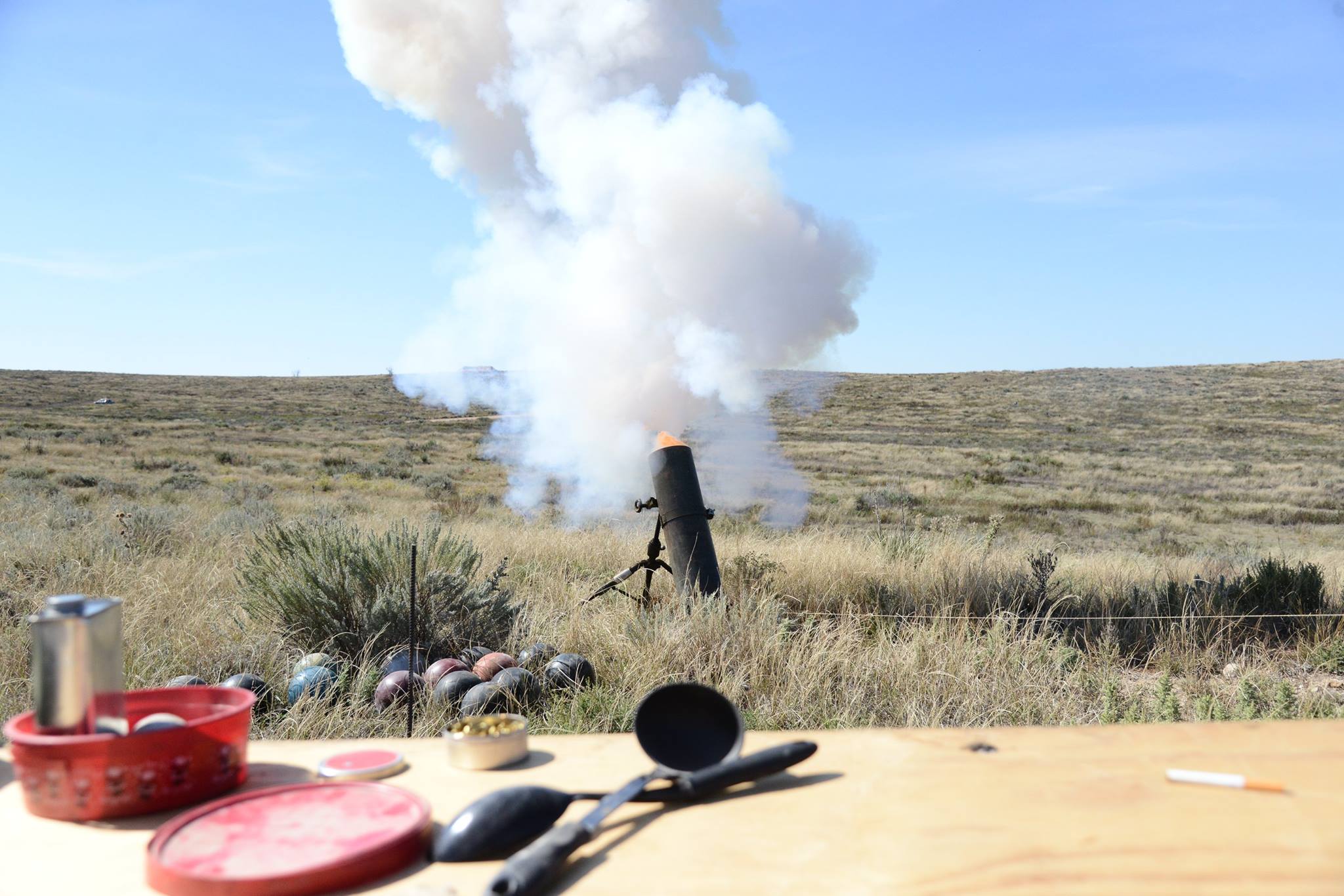New York Times goes Borg: Resistance is Futile. The Jews in the Warsaw Ghetto were dumb.
The failure of Jews to mount an effective defense against the Waffen-SS in the Warsaw Ghetto in 1943 provides a good example of what happens when ordinary citizens with small arms go up against a well-equipped force. The uprising in the ghetto possesses enduring symbolic significance, as an instance of Jews’ determination to resist their oppression. But the uprising saved few Jewish lives and had little to no impact on the course of either World War II or the Holocaust. Jews around the world did, to be sure, react to the Holocaust by concluding that they needed to protect themselves from anti-Semites more effectively. But they understood that this would be accomplished not through the individual acquisition of firearms, but rather through the establishment of a Jewish state with an army to defend it.
Source: Ben Carson Is Wrong on Guns and the Holocaust – Alan E. Steinweis – The New York Times
Sometimes, I don’t understand how some historians see the past. I am guessing that there is a certain rigidity in their thinking, sort of fast set rules and outcomes that cannot be altered so they squeeze the data through that filter and come up with some erroneous notions.
The failure of Jews to mount an effective defense against the Waffen-SS.
They did not mount a defense, it was resistance. They knew they were being herded to concentration camps and not for massages and Mai-Tais at Treblinka and Sobibor, so they chose how to go. They chose to go fighting.
provides a good example of what happens when ordinary citizens with small arms go up against a well-equipped force.
Here we see the possible ignorance of Mr. Steinweis when it comes to armed conflicts. Partisans and Guerrillas are hated by the military for the amount of resources they take to neutralize. Military doctrine explains that it takes 10 regular soldiers to neutralize the actions of a partisan. Those 10 soldiers need to be armed, mobilized, quartered, fed and provided with healthcare while they fight these irregulars. It is a monumental drain of resources that could be used in other fronts or actions being taken by the regular armed forces. The malnourished, sick and untrained Warsaw partisan (about 500 at its highest number) faced 2,000 Waffen-SS troops directly and more than 7,200 other military and adjuncts had to provide security and support for them. The math is rather simple: they pulled almost a 20 to 1 ratio and that ladies and gents and I posted before in this blog, was a feat of arms.
I want to quote David Kopel next:
The Germans suffered over a thousand casualties in the first week of fighting alone. The Germans had to spend more time subduing the Warsaw Ghetto than they did conquering the entire nations of Poland or France.
The Warsaw Ghetto was one square mile and walled. Wrap your mind around that.
But the uprising saved few Jewish lives and had little to no impact on the course of either World War II or the Holocaust.
This is where Mr. Steinweis again filters so much information, it obscures his research. The Nazis were supposed to clean the Warsaw ghetto starting on April 19 and take no longer than 3 days. It took 7 weeks and 10,000 men and supplies. At the same time, the Allies were counterattacking in North Africa and those Nazis occupied with that small band of Jews, could have been used to help the Afrika Korps and the Italian army. North Africa fell to the Allies three days before the ending of the Uprising.
There are many other example where Partisans have made a difference in WWII: From the French Resistance to the Greeks Resistance to the multitude of Philippine resistance movements, all of them managed to misdirect millions of Axis soldiers from the main lines of battle. To belittle their effort is unbecoming by any serious historian and I do hope Mr. Steinweis’ view on the Warsaw Ghetto uprising is just poor understanding of the complexities of war and not just sad political punditry.







